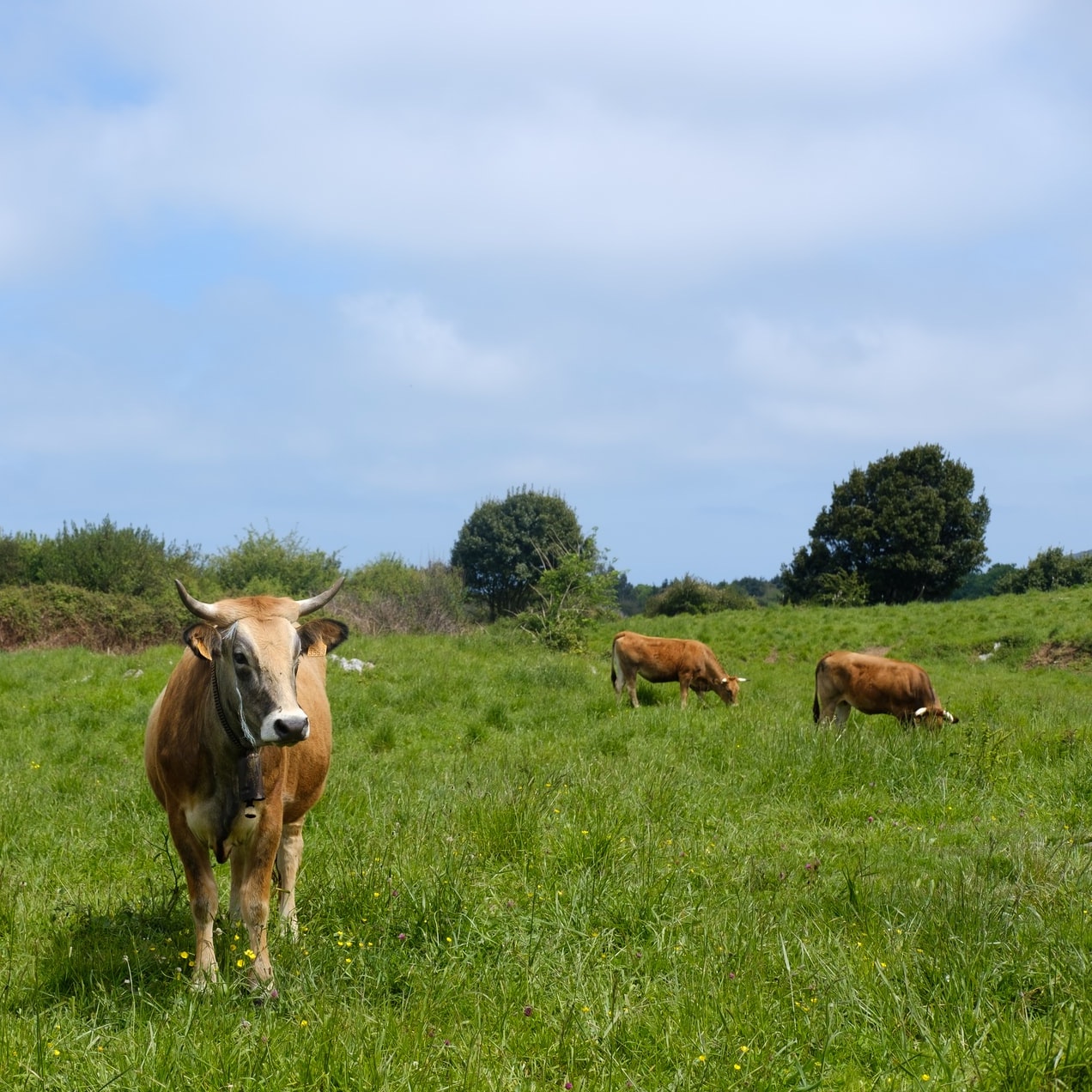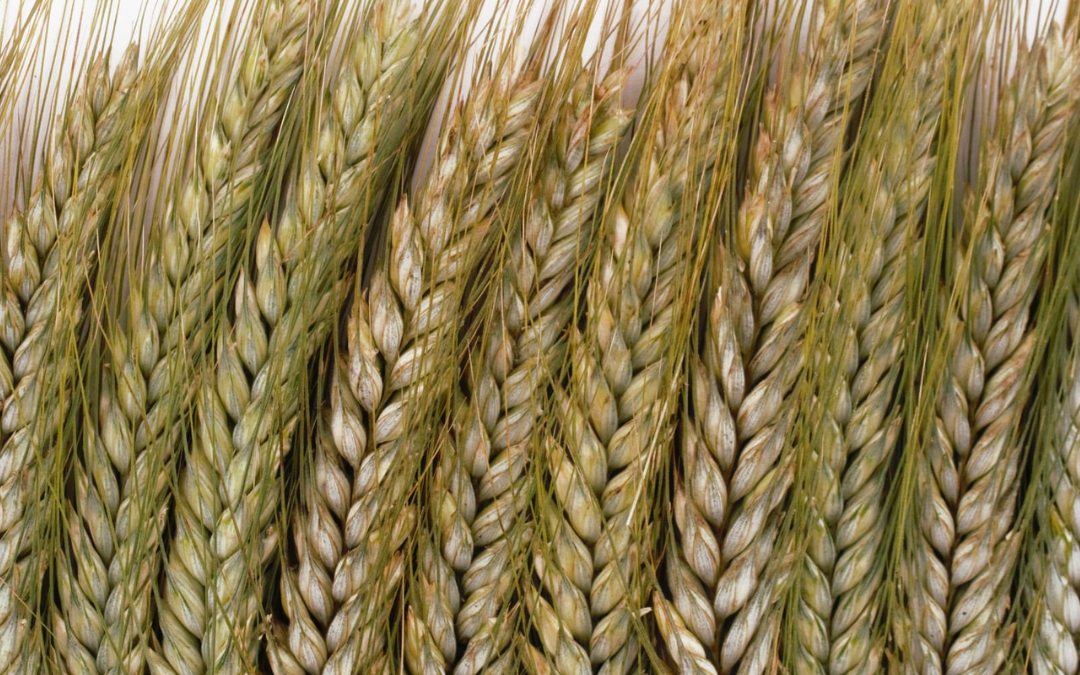
Related Posts

GRAINS: HEALTH FOOD OR POISON?
Related PostsGrains are...

PASS THE SALT
Related PostsSalt is in...

THE “SAD” AMERICAN DIET
Related Posts What is...

GOOD FAD, BAD FAD
Related PostsI recently...

CAN YOU EAT MEAT AND AVOID HEART DISEASE?
Related PostsIs eating...

A TURN TOWARD NATURE TO SOLVE THE “PROBLEMS” WITH MEAT
What’s up with fake meat?
A recent podcast from the New York Times suggested that cell-cultured meat should replace both traditional meat and plant-based “meat” as our protein nutrient source for health, environmental, and moral reasons. Between the climate crisis, animal welfare, and food apartheid for lower-income communities, cell-cultured meat sounds like it could solve a lot of problems, doesn’t it? But in fact, this is a giant step backwards! Here’s what I wrote to the podcast producers following that episode.
I support consumption of meat and fish as a part of a nutrient dense diet. I also recognize that there is a lifestyle pattern that is common and unhealthy in which meat, sugar, starch, and ultra-processed foods are very prominent in the diet and vegetables, nuts, and seeds are scarce. This lifestyle is also associated with smoking and lack of exercise. We call this the Standard American Diet. There are many things wrong with this lifestyle and diet but somehow meat has been singled out as the culprit. The evidence shows otherwise. Multiple studies show that when part of a diet that is nutrient dense with plenty of vegetables, nuts, seeds, and low in ultra-processed foods, healthfully raised meat is good for us.
The idea that cholesterol, fat, or even saturated fat consumption from meat causes heart disease is just WRONG. Saturated fat is necessary for life but the effect of saturated fats to raise LDL cholesterol is often used to conclude that it will lead to heart disease. Although we still hear how terrible it is to consume more than 10% or even 5% of our calories as saturated fat, there is no data to support this notion and not even a rational scientific argument for why it might be the case. There is a complicated relationship of dietary saturated fat to the measurement of lipids in the blood, but the effect of saturated fat on LDL occurs in a pattern together with changes in the HDL cholesterol and triglyceride that suggests healthier blood lipids. Commentary in prominent medical journals including the British Medical Journal and the Journal of the American College of Cardiology now openly questions long held diet heart hypothesis and the recommendation to limit saturated fat.
Production vs. product
The real problem with meat is how it is produced. It is undeniable that industrial meat production is an abomination. It is harmful to our health, to the environment, and it’s morally reprehensible.
The vast majority of the meat we eat (estimated at 90% globally and 99% in the US) is raised in concentrated animal feed organizations, or CAFOs. CAFOs are an environmental disaster, producing copious waste, pollution, and rampant contamination. Animals allowed to roam fertilize the land and are generally eaten closer to home, reducing carbon footprints.
Grass-fed and -finished animals are nutritionally superior to grain-fed animals, who are given poor-quality feed that they would never eat in nature, as well as drugs and hormones. Grain-fed animals develop fatty liver and are often sick, requiring antibiotics in a vicious cycle.
Humans have hunted since the beginning of our species, but culture promoted respect for the sacrifices made by animals to provide us with nourishment. The animals in CAFOs are treated inhumanely, experiencing crowded conditions, rampant disease, and horrible, undignified deaths.
The turn to plant-based
Considering all the problems with industrial meat production, many people recommend a plant-based diet. I agree that everyone’s diet should be plant-based, with a healthy intake of a large variety of vegetables. Abundance of fruits and vegetables, legumes, and nuts is what makes any real food diet healthy.
But “plant-based” is code for only plants, a vegan diet. Conceding that there is a demand for the taste and texture of meat, the vegan solution to satisfy this taste is plant-based meat substitutes. These proxy meats, like Beyond Meat and the Impossible Burger, are just another highly processed concoction based on soy.
Sadly, plant-based diets are still reliant on industrial agriculture, the other side of the coin of industrial meat production. Industrial agriculture causes environmental damage, soil depletion, ocean dead zones, glyphosate and other toxin exposure, inadvertent but massive slaughter of small animals, and reliance on huge amounts of fossil fuel inputs. If you’re motivated to eat vegan for the sake of the planet, turning to industrially produced fake meats will get you nowhere.
Nutritionism
Now (or in the very near future) it is possible to eat meat without animals. Cell-cultured meat seems a comfortable escape from the harms done by industrial food production. Scientists can grow animal cells in culture to produce substances with the characteristics of meat. Yum, but what is it made of?
From the website of Cell Based Tech, which is developing lab-grown meat, “The cell culture medium contains many critical components including amino acids, vitamins, glucose, inorganic salts, and growth factors. The growth factors are by far the most complex and expensive component to cell culture media.”
This is the pinnacle of “nutritionism,” the idea that we know better than nature how to make healthy food. Nutritionism has given us the ultra-processed foods that make up 60% of our diet and contribute to 80% of the chronic disease that is lifestyle-related.
Nutritionism describes an idea that sounds scientific but is more of an ideology—it’s a rallying idea that you can break down food into chemical components, and if you just know what’s good and what’s bad, you can be healthy by eating only the good things. But this mostly results in marketing and creating processed foods that are combined with non-foods. So think about actual nutrition—your body needs certain nutrients to live, and for millions of years we’ve done that by eating real natural foods available in the environment. As cultures developed, we developed patterns of eating, cooking, harvesting, hunting, and growing that use our local ecosystem and prepare those foods that met our needs. Nutritionism gets us further away from our past, our biology, and from nature.
We can’t provide the complexity of nutrients that these cells require to create nutritious meat. Real nutrition requires an ecosystem of rich soil microbiome, mineral nutrients, and diverse plant species.
David Humbird from UC Berkeley has studied the issue and concludes that the impact of laboratory-cultured meat will actually be worse for the environment if we consider the energy-intensive processes involved and the need for monocrop agricultural inputs.
Turning toward nature
Separating ourselves from our ecosystem by creating food independent of nature, soil, and the cycle of life can never satisfy our complex biological needs. The solution to the environmental and health consequences of industrial food is to move closer to nature and healthy ecosystems with regenerative agriculture. We must not move further away from nature by producing industrial artificial cultured meat products.
Thankfully, there is growing support for food policy changes. More food producers small and large are acknowledging the value of regenerative principles to solve our difficult health and environmental problems. Regenerative agriculture is a new trend based on old practices of land stewardship that includes crop rotation, integrative pest management, and free-roaming ruminants to fertilize. Regenerative agriculture recognizes we are part of a complex biosphere.
When people call for reducing meat consumption, for example Meatless Mondays, I say we should have industrial meatless days every day, but enjoy the nutritional contribution of meat raised in a healthy, environmentally sustainable, and ethical way.
We should not be shy about eating sustainably raised healthy meat. Regeneratively raised meat is returning prairie land to productivity and sequestering carbon. Grass-fed meat is more nutritious than its CAFO counterpart. It’s high in essential nutrients and is one of the few sources of a unique health-promoting essential fatty acid, conjugated linoleic acid (CLA).
At the table
Organic grass-fed meat costs almost twice as much as industrial meat, due to government subsidies. But it is worth adjusting family priorities to include healthy meat options. Consider the whole animal: less expensive cuts of meat are not only cheaper but more balanced in amino acid content. Organ meats are also super nutritious and inexpensive. A fast-food meal with CAFO-raised burger patties may cost $10 or more per person; a vegetable and meat stew at the same cost will supply days of leftovers.
Diets containing animal protein promote increased muscle mass, which is vital to maintaining our health with age. Protein lowers insulin resistance, making it easier to control blood sugar and reduce visceral fat. Insulin resistance, not saturated fat, is the main cause of heart disease. Even processed meats should not be off the table; health effects depend on the quality of the product, not the fact that it is processed. The key to healthy meat consumption is to eat it alongside a wide variety of vegetables, nuts, seeds, and some fruit.
Artificial cell-cultured meat isn’t yet a commercial reality. But it will not solve our real and existing problems of industrial meat and agriculture. The solutions will come from turning toward meat, and nature, not away from them.
Get more lifestyle and health news in your inbox: sign up for the CFC newsletter.
